Glucagon can be used for treatment of:
- Hypoglycemia. Useful for severe hypoglycemia when the victim is unconscious or for other reasons cannot take glucose orally. The dose for an adult is typically 1 milligram, and the glucagon is given by intramuscular, intravenous or subcutaneous injection, and quickly raises blood glucose levels.
- Beta-blocker overdose. Glucagon increases cAMP in the myocardium, in effect bypassing the β-adrenergic second messenger system.
- Calcium channel blocker overdose.
- Impacted food bolus. Glucagon relaxes the lower esophageal sphincter and is used in emergencies involving an impacted food bolus in the esophagus.
The onset of action of glucagon is within 5 minutes and the duration of action is 15 minutes. Side effects can include nausea and vomiting.
Glucagon Emergency Kit is an an injectable form of glucagon available for first aid cases.
Dosing
- For adults and for pediatric patients weighing more than 44 lb (20 kg), give 1 mg (1 unit) by subcutaneous, intramuscular, or intravenous injection.
- For pediatric patients weighing less than 44 lb (20 kg), give 0.5 mg (0.5 unit) or a dose equivalent to 20 to 30 µg/kg.2-6.
General Notes
- Glucagon was originally prepared from purified porcine pancreas, but the preparation that is now in common use is manufactured by rDNA synthesis.
- The diluent (Hyporet) is provided for use only in the preparation of glucagon for parenteral injection and for no other use.
- Glucagon should not be used at concentrations greater than 1 mg/mL (1 unit/mL).
- Glucagon is highly unstable when dissolved in solution. When dissolved in a fluid state, glucagon can form amyloid fibrils, or tightly woven chains of proteins made up of the individual glucagon peptides, and once glucagon begins to fibrilize, it becomes useless when injected, as the glucagon cannot be absorbed and used by the body.
-
Stability and Storage:
- Before Reconstitution— Vials of Glucagon, as well as the Diluting Solution for Glucagon, may be stored at controlled room temperature 20° to 25°C (68° to 77°F).
- After Reconstitution— Glucagon for Injection (rDNA origin) should be used immediately. Discard any unused portion.
Preparation
Step 1.
When you open the case you will find a vial of glucagon and a prefilled syringe of diluent. There are instructions on the inside top of the case that is useful as a reminder, but it is important that you familiarize yourself with the preparation steps before you need it in an emergency.
Remove both the syringe and vial from the case.
Step 2.
The vial contains powdered glucagon that must be reconstituted before use. Remove the flip-off seal from the vial of glucagon. Wipe the rubber stopper on bottle with an alcohol swab.
Step 3.
Remove the needle protector from the syringe. Do not remove the plastic clip from the syringe. Inject the entire contents of the syringe into the vial of glucagon. Withdraw the syringe from the vial.
Step 4.
Swirl the vial gently until the glucagon dissolves completely. Glucagon should not be used unless the solution is clear and a water-like consistency.
Step 5.
Using the same syringe, hold bottle upside down and, making sure the needle tip remains in solution, gently withdraw all of the solution (1 mg mark on syringe) from bottle. The plastic clip on the syringe will prevent the rubber stopper from being pulled out of the syringe; however, if the plastic plunger rod separates from the rubber stopper, simply reinsert the rod by turning it clockwise.
Step 6.
Choose the injection site which can be the buttock, arm, or thigh. Cleanse the injection site on with an alcohol swab. Insert the needle into the loose tissue at the injection site, and inject the glucagon solution. Apply light pressure at the injection site, and withdraw the needle. Press an alcohol swab against the injection site. Put patients on their side because there is a risk of vomiting. Discard unused portion.
After Injection
An unconscious hypoglycemic patient will usually awaken within 15 minutes following the glucagon injection. If the response is delayed, there is no contraindication to the administration of an additional dose of glucagon. Emergency care should be sought immediately.
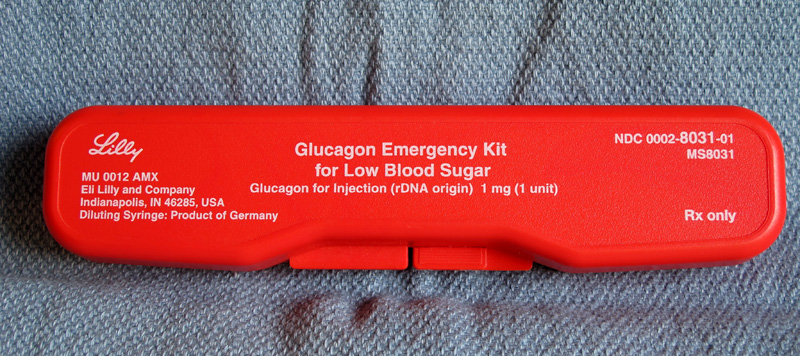
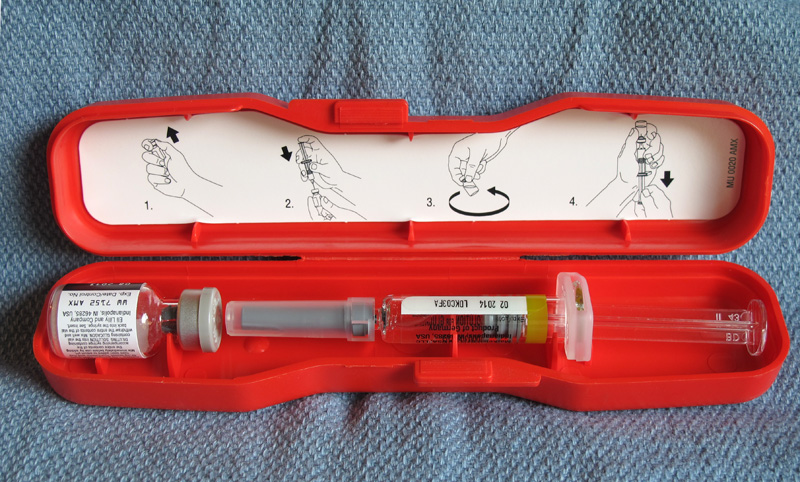
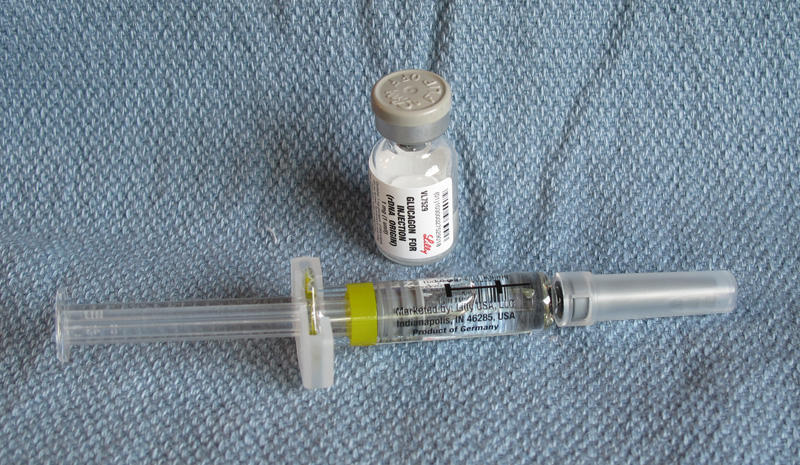
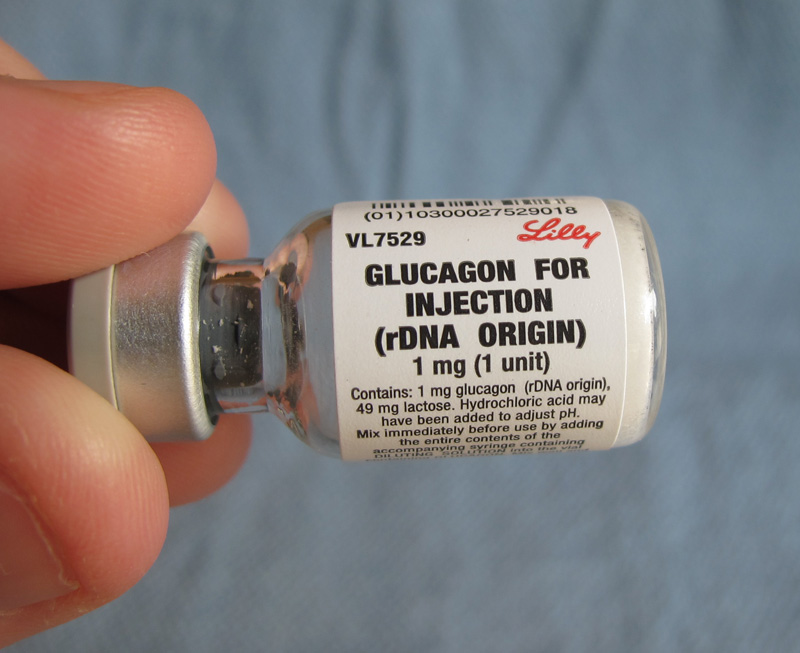
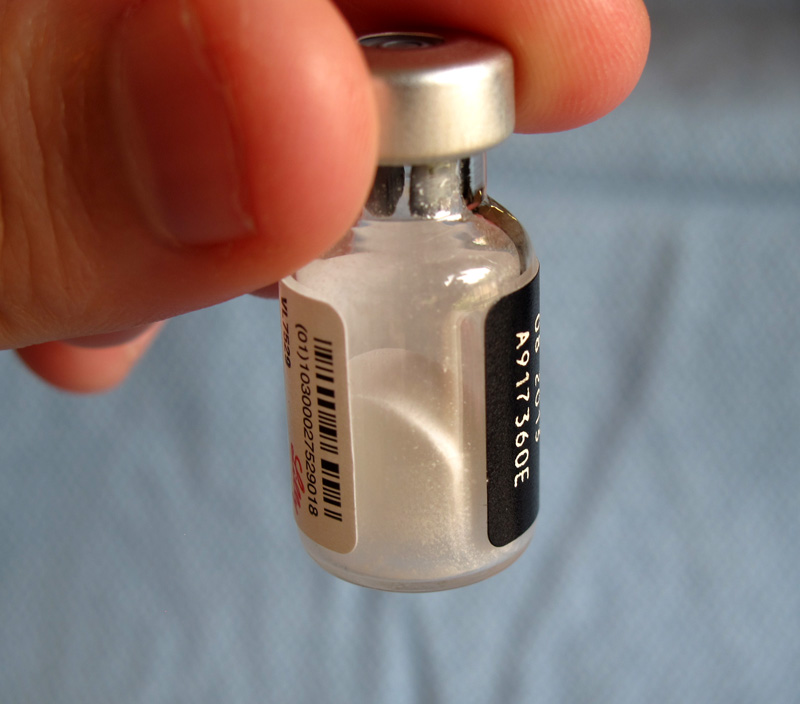
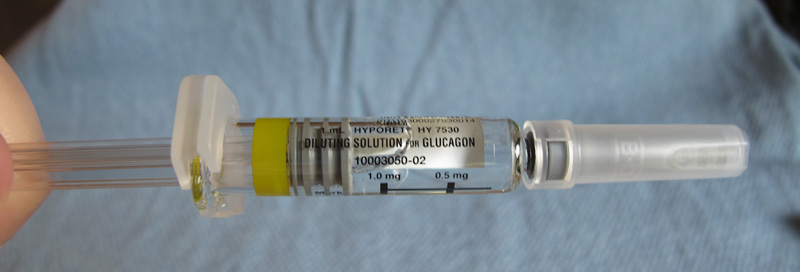
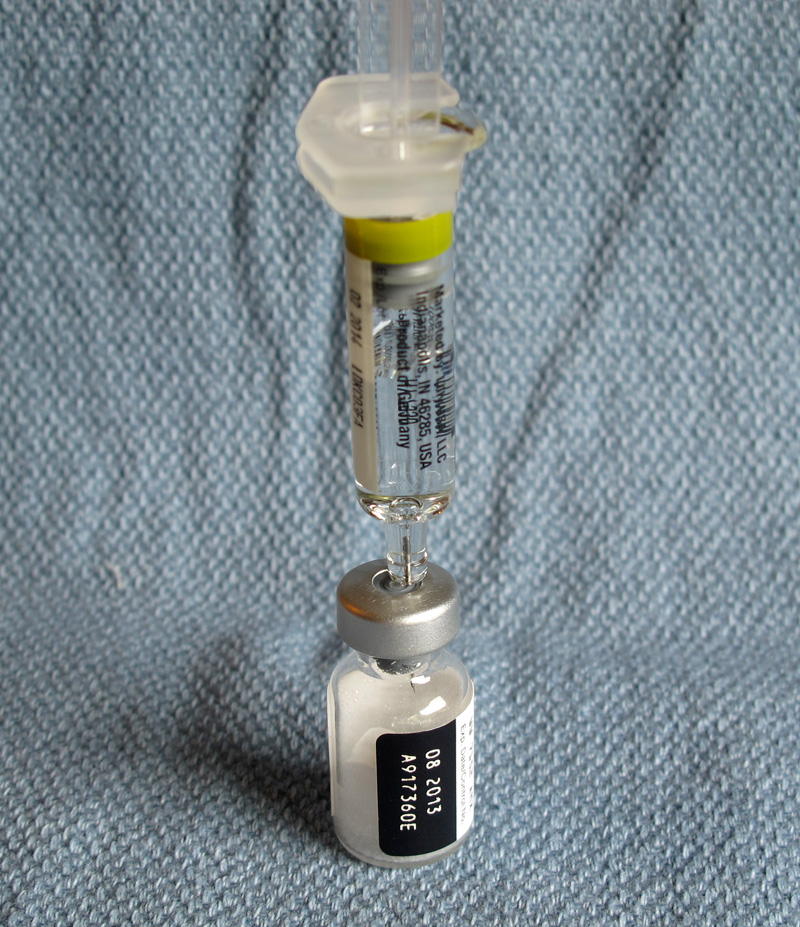
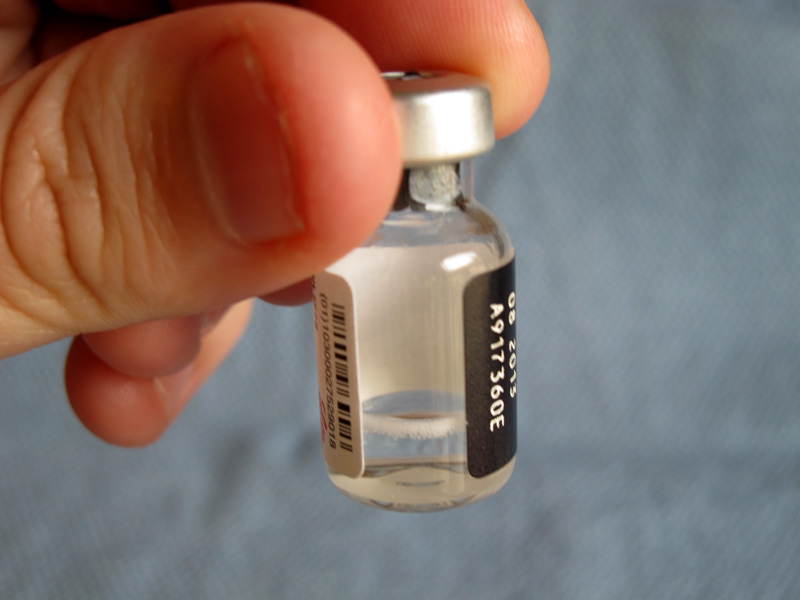
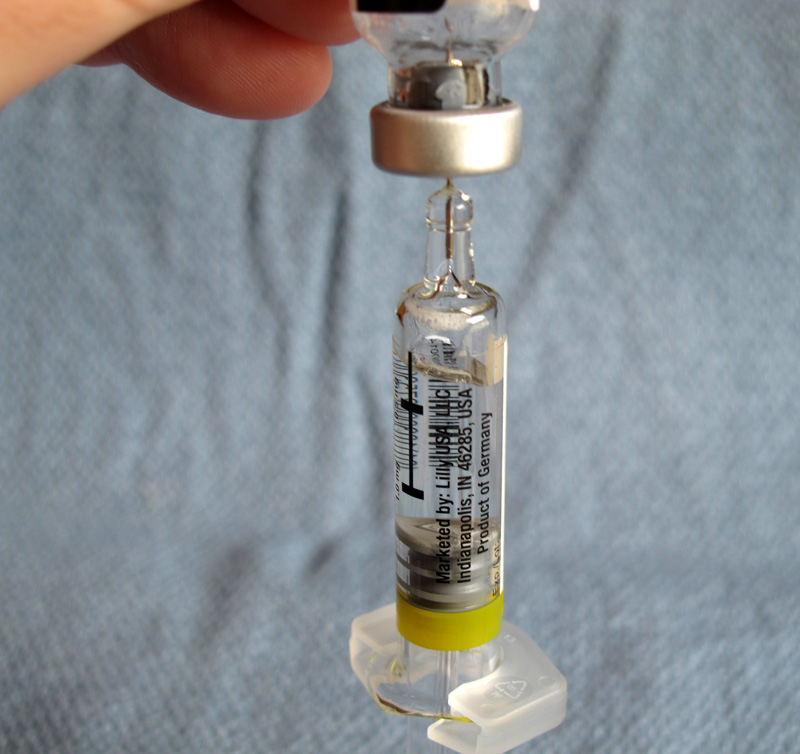
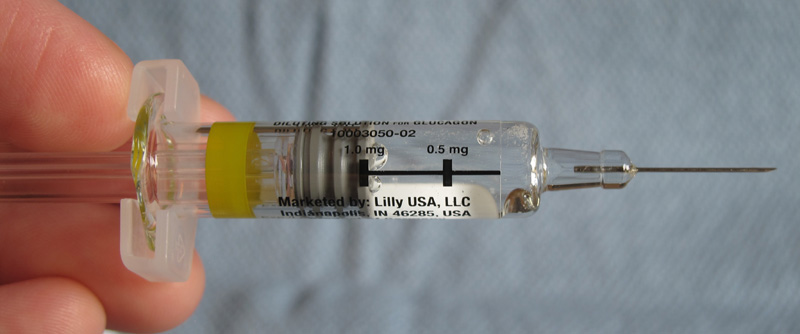
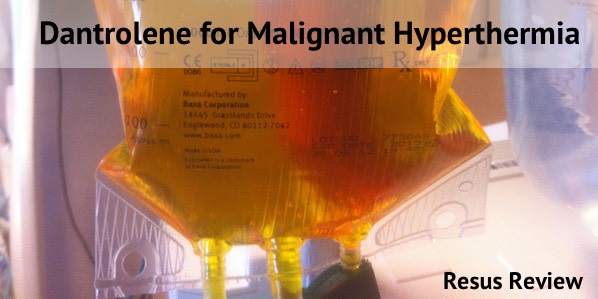
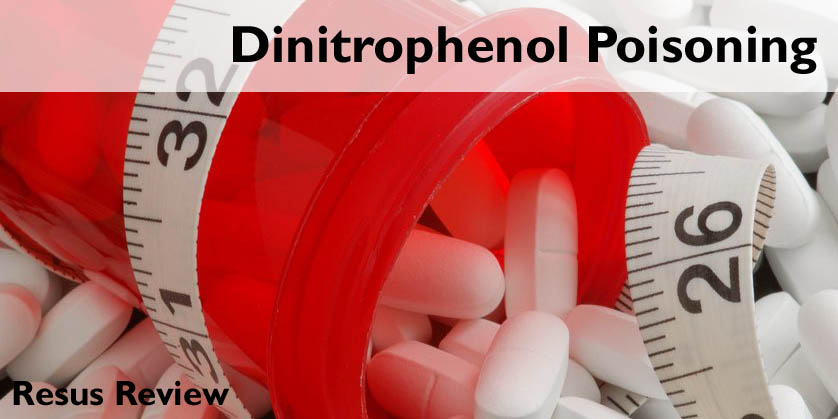
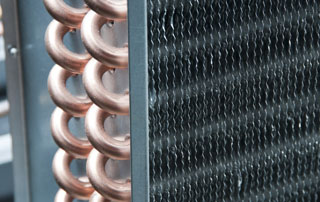
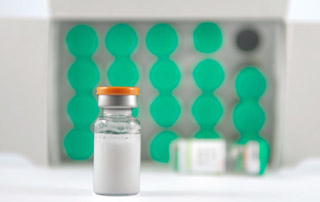
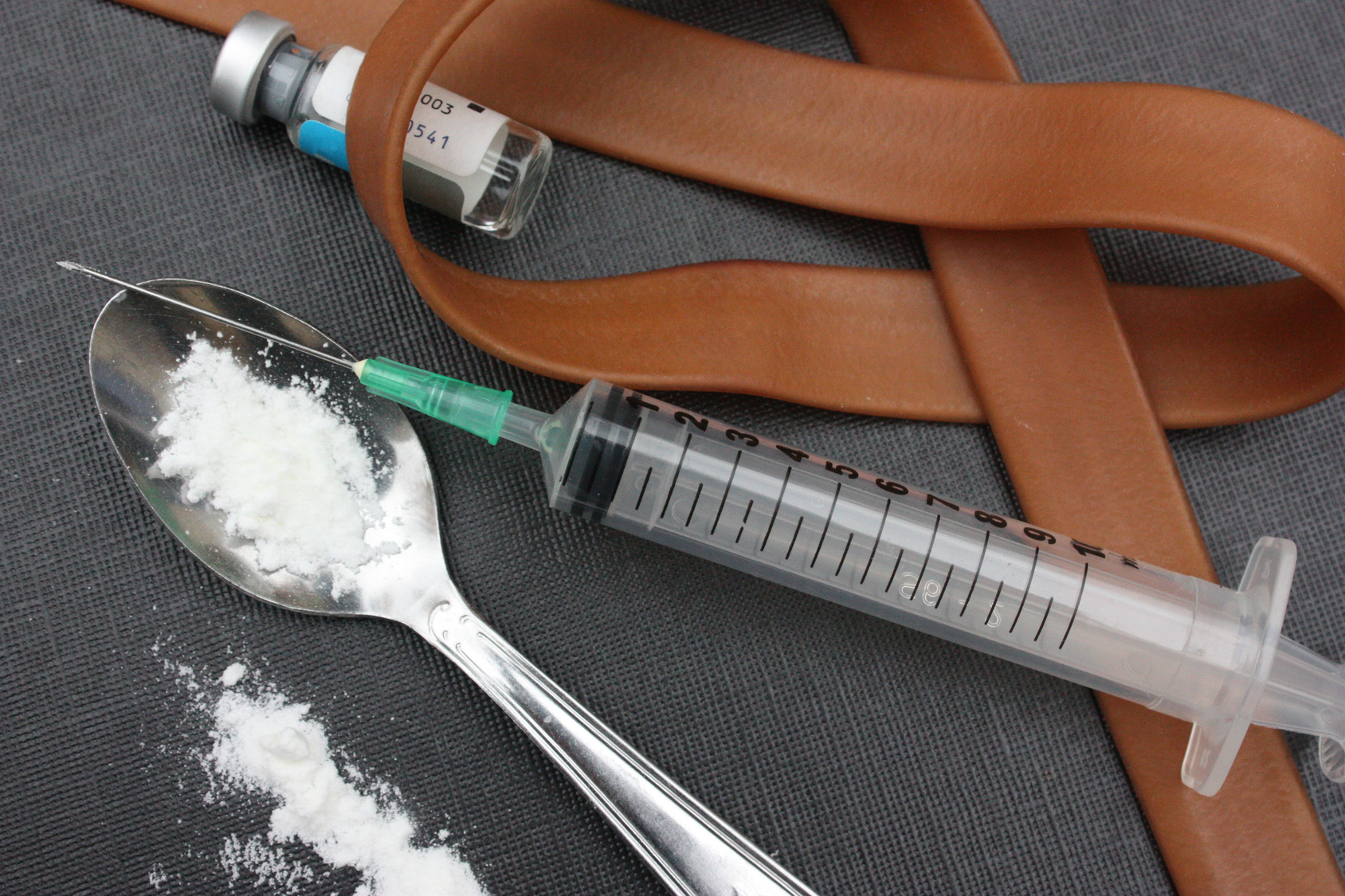
Contribute your thoughts.